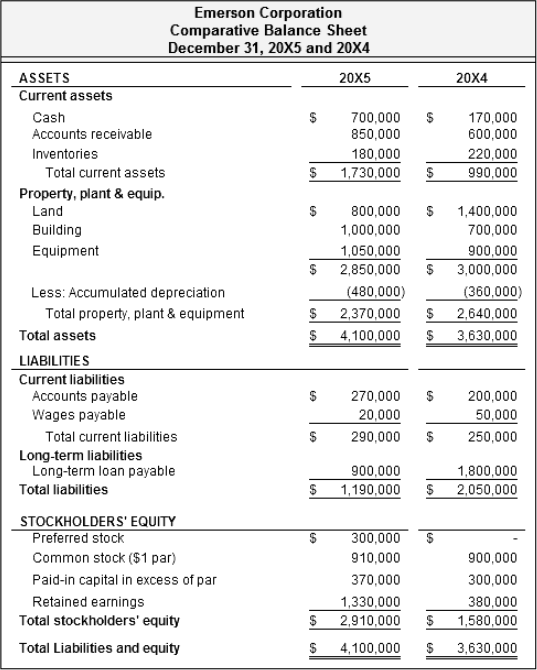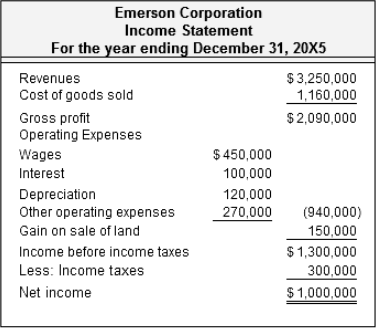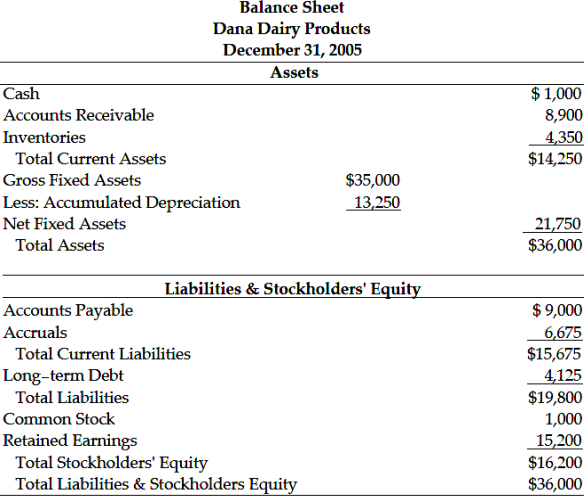ECOM104 Applied Corporate Finance
Hello, dear friend, you can consult us at any time if you have any questions, add WeChat: daixieit
Main Examination Period 2019
ECOM104 Applied Corporate Finance
Section A
Answer TWO questions
Question 1
a) In the Balance Sheet financial statement, what is “Property, pland and equipment”? How does depreciation affect this line item?
[10 marks]
b) In the Balance Sheet financial statement, what does “shareholder’s equity” stand for? How is this value calculated? Does it appear on the asset or liabilities side of the Balanse Sheet?
[10 marks]
Question 2
a) How did American non-financial corporations use investment funds over the period 1990-2000? Refer to the empirical findings discussed during the lecture.
[10 marks]
b) In the Income Statement, what is “Selling, general, and admin expenses”? How is this line item valued?
[10 marks]
Question 3
a) What is the difference between “real investments” and “financial investments”? Provide one example for each.
[10 marks]
b) What are the issues associated with the use of Internal Rate of Return valuation method?
[10 marks]
Section B
Answer ONE question
Question 4
You are a consultant at Emerson Corporation, a renewable energy firm. The company’s management has provided you with the following Balance Sheet and Income Statement information:


You are asked to calculate the following December 31, 20x5 ratios and interpret the results briefly.
a) Leverage ratios: Debt ratio, Debt to Equity ratio. Efficiency ratios: Total Assets Turnover ratio, Inventory Turnover ratio.
[15 marks]
b) Liquidity ratios: Current ratio, Quick ratio. Profitability ratios: Net Profit Margin, Return on Assets.
[15 marks]
Question 5
Alpha Milk Corp is considering taking over their competitor, Dana Dairy Products, and asked your consultancy firm to perform financial statement analysis to assess feasibility of this strategic initiative. You are given the following key financial ratios, the firm’s income statement and the balance sheet. You can assume that there are 365 days in a year.



a) Using the information provided for 31 Dec 2005, calculate the following: net working capital, current ratio, quick ratio, inventory turnover, average collection period, total debt ratio, gross profit margin, net profit margin, return on total assets, return on equity.
[20 marks]
b) Evaluate the company’s performance against industry average ratios and against last year’s results.
[10 marks]
Section C
Answer ONE question
Question 6
What are the Cash Flow Projections? How are they used? Provide examples for the main three projection types covered in the lecture.
[30 marks]
Question 7
What are the potential limitations of the Trend Analysis? Provide detailed discussion of five limitations.
Question 8
How are financial ratios used? Provide two examples for each one of the following ratios: leverage ratios, efficiency ratios and profitability ratios. Explain each one of these ratios.
[30 marks]
2021-12-29